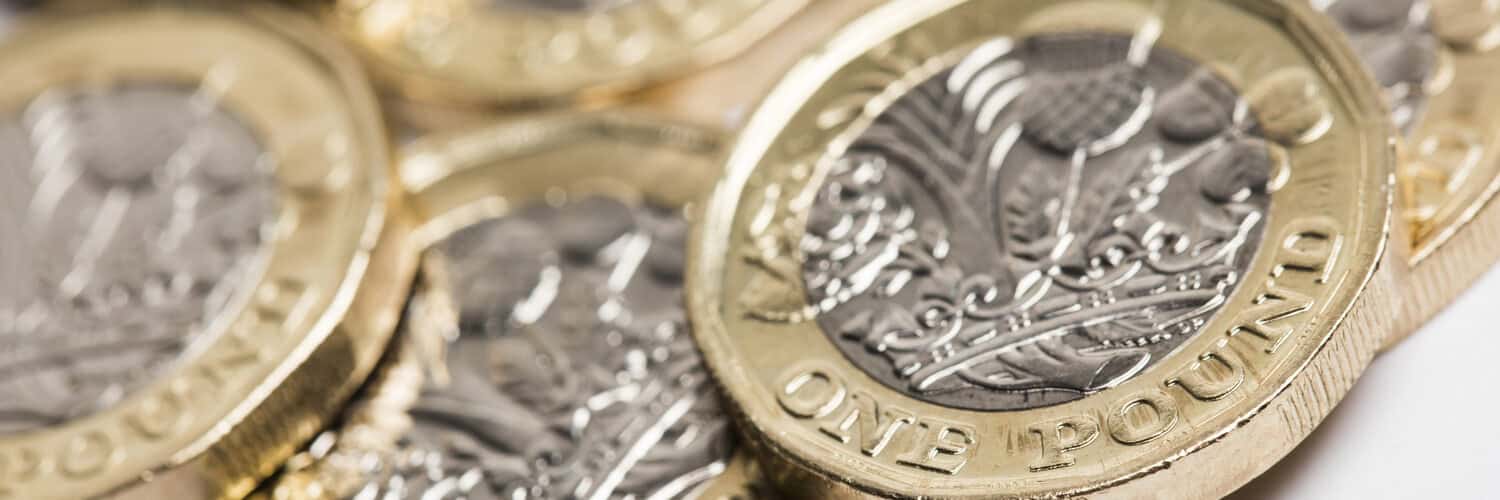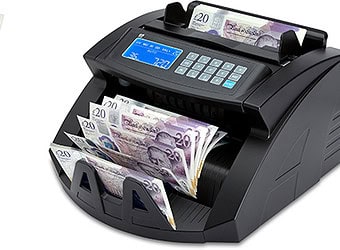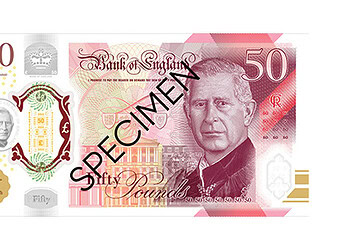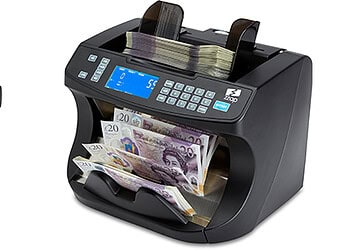Do you ever look at your change and think: “how are those coins actually made?” How our money is made is an important part of understanding both their security against forgery and the coin’s place in our society. The shape and size of our coins, as well as what is displayed on them are all important factors in how our money is made.
Where are coins produced?
In the UK, coins are produced by the Royal Mint, which is in charge of the creation and distribution of the UK’s currency on behalf of the Government.
The Royal Mint has more than 1,000 years experience. Brits have been making their own money since 80BC, but in 886AD, Alfred the Great began issuing silver pennies bearing his portrait from his own Royal Mint.
in 1279, all the mints around the country were unified under a single system, with a centralised mint in the Tower of London server as its nerve centre for the next 600 years.
During the Civil War, a Royalist Mint was set up in Exeter in order to fund the King’s war, but we all know how that fight ended for Charles I. His mint followed shortly after.
By 1812, the mint was moved to its own home opposite the Tower. Given the scientific and technological limits of the age, the Royal Mint was plagued with problems. Inefficient methods, inaccurate weights and even brittle gold resulted in huge losses for the Government. On one occasion, more than £500,000 worth of gold sovereigns were discovered to have been produced with inferior gold!”
As Britain spread its colonial influence across the world, the demands on the Royal Mint began to grow. Canada, India, South Africa and other major colonial territories needed hard specie, but the Mint could not keep up with logistics or demand. The solution was to set up mints in those territories despite the risks of debasement and lack of oversight, these mints were (mostly) successful. So much so that the South African Mint is the same as its colonial original.
In 1968, the Queen opened the new Royal Mint in Llantrisant, South Wales. The new Mint was opened to coincide with the new decimal coinage and can produce 90 million coins a week. That’s 5 billion coins every year! Today, the Royal; Mint is the world’s leading export mint, making coins and medals for over 60 countries every year.
How Are Coins Made In The UK?
The Royal Mint breaks down the coin making process into three parts: making the blanks, making the dies and striking the coins.
Ingredients
To make UK currency, you need the following ingredients:
- Various metals for alloys
- 1 Furnace
- 1 Giant rolling mill
- 1 Hole punch
- Plaster Models
- 1 Engraving Machine
- 1 Press capable of applying 60 tonnes of pressure
The Method For Making Coins
Making the Blanks
As we discussed in our history of money blog, money isn’t made of precious metals any more. Real gold coins haven’t been in general circulation since 1933. Instead, today’s coins are made from alloys. Depending on which coin you’re making, the first step is to melt the component metals in a furnace.
Next, extract the metal in one continuous strip. Cut to produce coils weighing around 2.8 tonnes. Reduce the coin’s thickness using your rolling mill.
Once you have the right thickness, punch the blank discs of metal out of the strip. The Royal Mint can punch out 10,000 coins a minute.
Making the Dies
The dies will be used to stamp your coins. Make a plaster model of your coin design and scan with a ruby-tipped probe.
Upload your design into your engraving machine and cit the design into a piece of steel the same size as your coin. This is known as a “reduction punch” and will be used to make the die that will actually strike the coins.
Striking
Feed your blank coins into your coining press. Make sure the dies are in place front and back.
Apply 60 tonnes of pressure to strike the blanks, turning them into coins. The Royal Mint’s press creates coins at a rate of 850 strikes per minute!
Choosing Shapes & Images on Coins
The role of deciding what our coins look like rests (rather obviously) with the Royal Mint Advisory Committee on the Design of Coins, Metals, Deals and Decorations. They decide what goes on the coins. This includes which images of the Queen are used (four so far in her reign), as well as deciding what should be commemorated and immortalised on a coin.
The shape of our coins serves several purposes. Firstly, they are designed to be easy to identify by touch. So whether you have a visual impairment, or are simply rummaging around in a pocket, you know what coins you have.

Secondly, they are to prevent counterfeiting. Several coins, including the £1 and 10p have ridges around the edge. As well as being an identifying, these ridges are an anti-counterfeiting measure to help you identify real coins from fakes. The 20p and 50p have unique shapes in order to make them hard to forge.
The new £1 coin was specifically designed with security in mine. The micro-lettering, milled edges and 12-sided design are all important features that help make the new £1 the most secure coin in the world to date.
Today, there are over 30 million coins in circulation in our economy. They remain an essential part of how we make purchases today, in addition to card payments, contactless payments and paper notes. If you’re handling coins on a regular basis, save time and eliminate counting errors with our digital cash counters.












